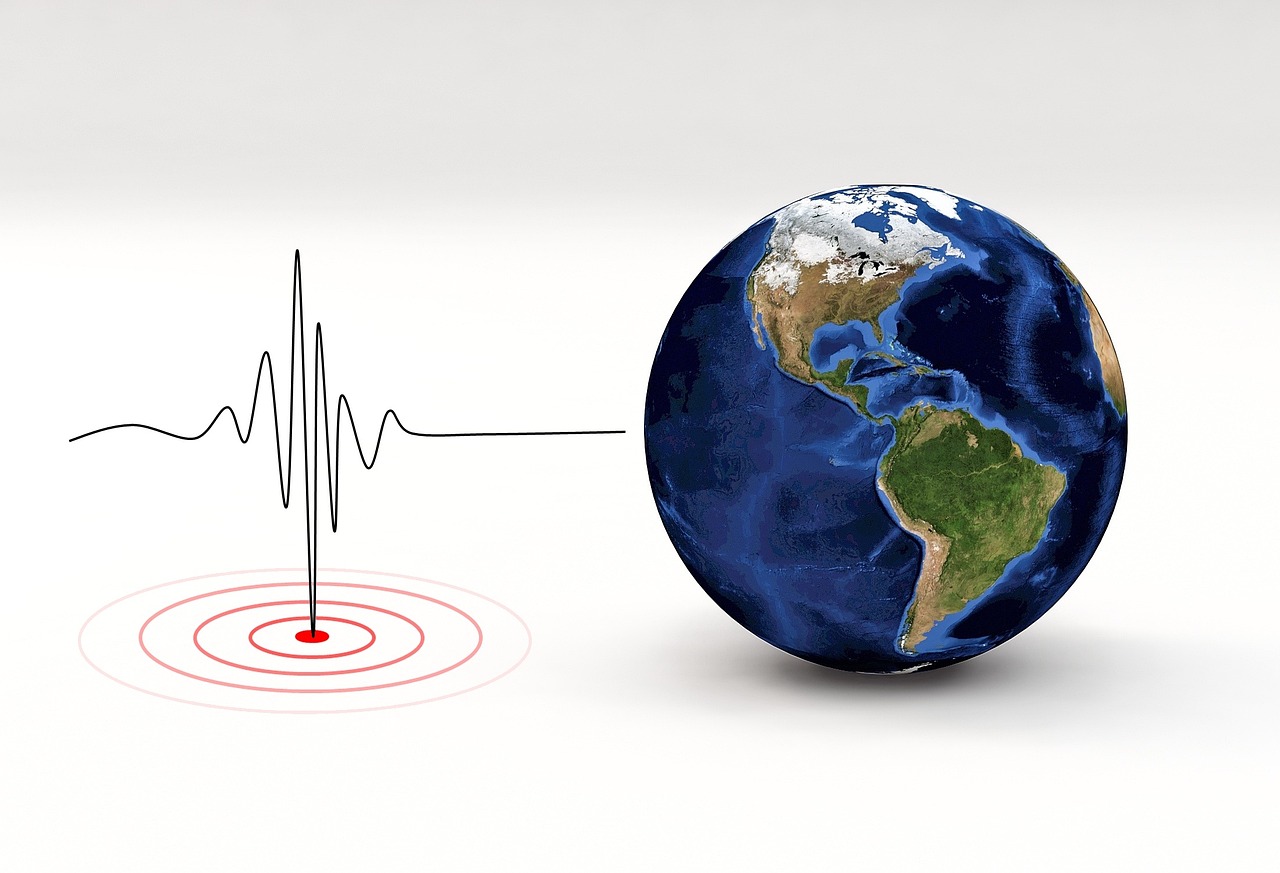|
Getting your Trinity Audio player ready...
|
Summary:
A 6.3 magnitude earthquake struck Crete on May 14, prompting tsunami alerts and heightened monitoring across the eastern Mediterranean. A related 6.4 magnitude quake affected Egypt’s northern coast. While no major damage has been reported, authorities urge vigilance amid the risk of aftershocks.
A powerful 6.3 magnitude earthquake struck the Greek island of Crete on Wednesday, shaking buildings and prompting widespread concern across the eastern Mediterranean. Authorities in Greece quickly issued a tsunami warning through the national 112 emergency alert system, advising residents and tourists to evacuate coastal areas as a precautionary measure.
The quake, which occurred at a depth of 83 kilometers, was felt well beyond Greece’s borders. In Egypt, tremors were also reported following a separate but related 6.4 magnitude offshore quake that affected several northern coastal cities. Although no casualties or significant damage have been reported in either country, the seismic activity has triggered heightened travel alerts, emergency protocols, and ongoing regional monitoring.
Precautionary Measures and Emergency Response
In Greece, civil protection authorities activated national response protocols following the earthquake, and issued alerts urging the public to remain indoors or relocate from vulnerable areas. In a separate seismic event, a 5.9 magnitude quake struck offshore near Kasos Island, prompting additional tsunami precautions.
While no tsunami has materialized, the warning was issued in accordance with Greece’s stringent seismic safety protocols. Emergency services remain on alert for potential aftershocks, and civil engineers are conducting structural inspections in affected areas.
A Seismically Active Region
Greece lies at the intersection of major tectonic plates and is one of the most earthquake-prone regions in Europe. Recent data from the University of Athens Seismology Laboratory shows an uptick in minor tremors across the Cyclades islands, with over 18,000 quakes recorded between January and mid-February 2025. Though most of these were small in magnitude, their frequency has kept scientists and residents watchful.
Thanks to strict building regulations and preparedness campaigns, Greece has significantly reduced casualties and damage during seismic events in recent years.
Regional Impact and International Monitoring
The tremors extended across borders. In Egypt, the National Research Institute of Astronomy and Geophysics recorded a 6.4 magnitude quake approximately 431 kilometers off the northern coast. Though felt in major coastal cities, Egyptian officials confirmed there were no injuries or structural damage.
Meanwhile, across the Atlantic, a 5.9 magnitude earthquake off the coast of Jalisco, Mexico, was also reported on Tuesday. The quake originated at a shallow depth of 10 kilometers, increasing its intensity at the surface. Although residents in western Mexico reported shaking, no significant impacts have been confirmed.
These global seismic occurrences, while unconnected tectonically, underscore the dynamic nature of Earth’s crust and highlight the importance of international cooperation in seismic research and disaster preparedness.
Continued Vigilance Urged
Greek and regional authorities remain on high alert. Search and rescue teams, civil engineers, and emergency responders are actively monitoring the situation, especially in high-risk areas. The public has been advised to rely on official information sources and refrain from spreading unverified reports on social media.
Experts note that the depth of the Crete earthquake likely helped reduce the surface-level impact, but the possibility of aftershocks persists.
Focus on Preparedness, Not Panic
Public education campaigns have been instrumental in shaping community responses to earthquakes. Schools and local organizations across the region have reinforced best practices for safety during seismic events.
This recent convergence of seismic activity across Europe, Africa, and North America is not necessarily part of a larger global trend, but seismologists are analyzing patterns to determine if any tectonic correlations exist. Regardless, the events have reignited discussions on urban resilience, earthquake forecasting, and cross-border disaster cooperation.



